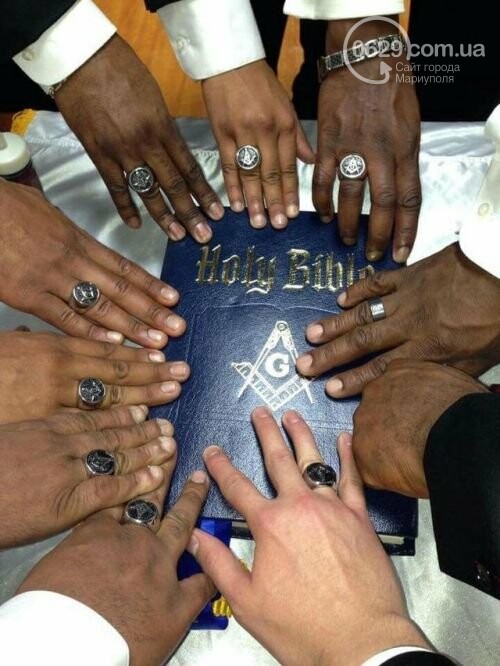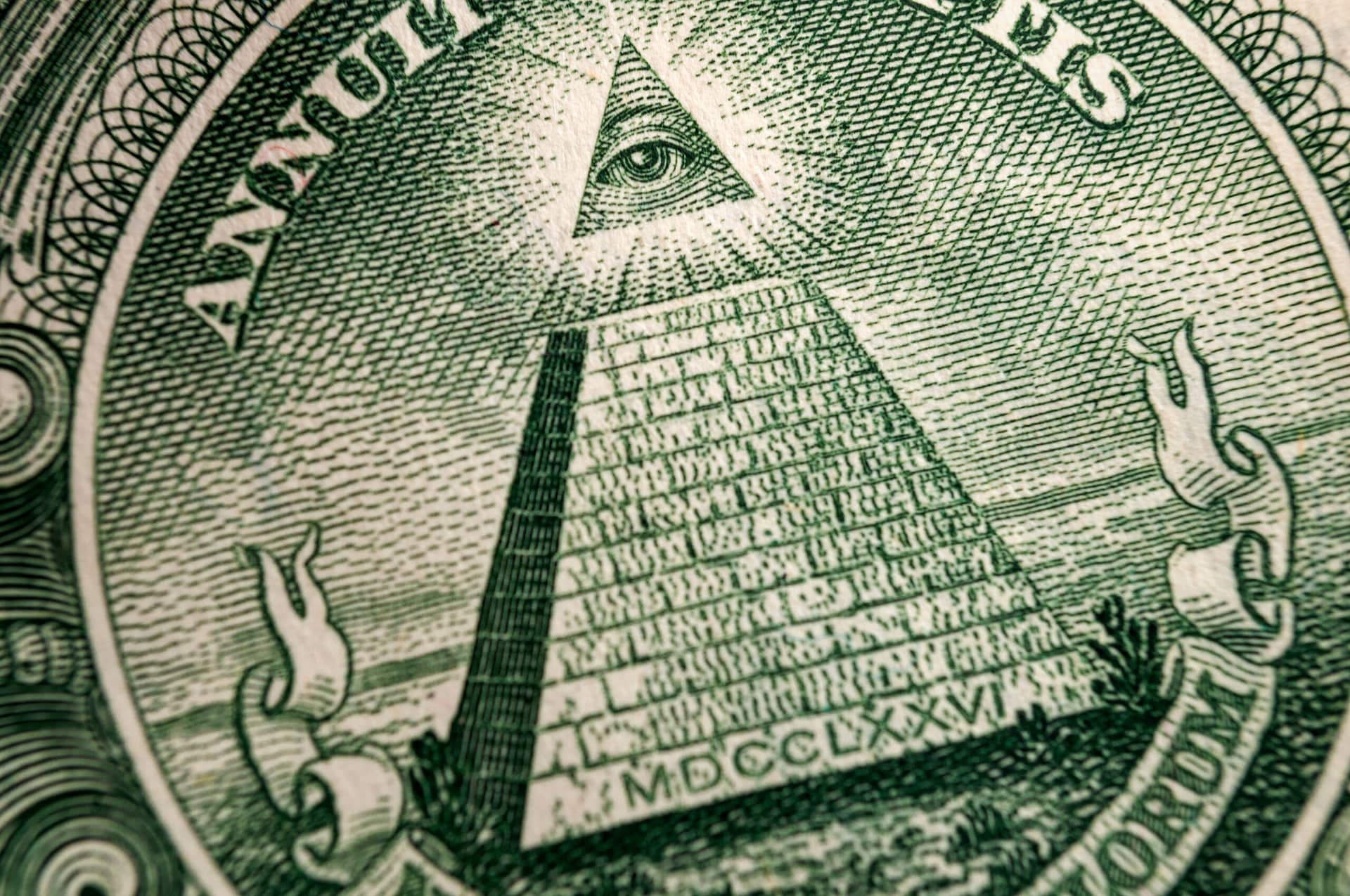Explore the Opportunities When You Join copyright Today
Explore the Opportunities When You Join copyright Today
Blog Article
Discover the Keys Behind the copyright and Their Influence on Society
The copyright, frequently shrouded in misconception and conjecture, offers a fascinating study of exactly how historic ideals can change into modern-day conspiracy theory theories. Founded amidst the Knowledge's welcome of factor, this secret society intended to test the condition quo, yet it has since become associated with notions of hidden power and control. As we discover its beginnings, influence on cutting edge thought, and representation in contemporary society, we start to uncover the layers of intrigue that continue to mesmerize culture. What stays unsure, nonetheless, is exactly how these understandings shape our understanding of authority and transparency today.
Origins of the copyright
The copyright, frequently shrouded in mystery and supposition, traces its origins back to the late 18th century. Known as the Bavarian copyright, the organization's main goal was to respond to the current influence of spiritual dogma and promote intellectual discourse among its participants.
The copyright embraced a hierarchical structure, attracting ideas from Freemasonry, which enabled secretive conferences and rituals - how to become a freemason. Membership was careful, incorporating prominent figures from numerous areas, including national politics, approach, and science. This elite network looked for to impact social and political change via private ways, promoting for the civil liberties of individuals and the improvement of society
Regardless of its relatively short existence, the Bavarian copyright was officially dissolved in 1785 due to government suppression. However, its tradition withstood, generating countless conspiracy theory theories and pop culture referrals that remain to provoke intrigue and dispute regarding its influence on modern culture.
Trick Misconceptions and False Impressions
Amidst the allure of privacy bordering the copyright, countless misconceptions and false impressions have actually arised, often distorting the team's real nature and purposes. One common myth suggests that the copyright controls the globe's governments and economic climates. While it holds true that the team intended to influence societal structures, the idea that it runs as a cohesive global creature master is mainly exaggerated.
Another usual misconception is that all participants of the copyright have large wealth and power. In truth, the initial copyright made up intellectuals and Knowledge thinkers, numerous of whom sought reform instead than supremacy. Furthermore, the concept that the copyright solely recruits celebs and political figures is deceiving; subscription has traditionally consisted of a diverse selection of individuals.
In addition, conspiracy concepts frequently repaint the copyright as a malevolent organization intent on worldwide dominance via dubious ways. Therefore, separating reality from fiction is vital for a more clear understanding of the copyright's duty in society.
Historical Influence on Society
Throughout history, numerous intellectual movements have actually profoundly influenced social frameworks, and the copyright played a substantial role during the Knowledge. Founded in 1776 in Bavaria, the copyright aimed to promote reason, secularism, and the doubting of developed authority, responding to the supremacy of religious dogma. This company brought in significant thinkers and supporters of freedom, cultivating a setting for the dissemination of Enlightenment perfects.
The copyright's principles promoted rational idea and empirical proof, which added to the more comprehensive intellectual landscape that motivated social reform and political change. Participants looked for to improve culture next page by supporting for education, freedom of expression, and the separation of church and state. Their clandestine nature and enthusiastic schedule triggered both intrigue and uncertainty, bring about their ultimate reductions by the Bavarian government in 1785.
Despite their dissolution, the legacy of the copyright lingered, affecting cutting edge motions across Europe and the Americas. Their commitment to knowledge concepts aided lay the foundation for contemporary democratic ideals and civils rights, leaving a long-term imprint on the structures of contemporary culture. how to become a freemason. The appeal of their deceptive events and philosophical searches proceeds to captivate the imagination, emphasizing their historical significance
Modern Interpretations and Beliefs
Contemporary analyses of the copyright typically blend historic truth with conspiracy concepts, creating an intricate tapestry of beliefs that capture prominent imagination. While the initial copyright was a Bavarian secret culture started in 1776 with Knowledge perfects, modern-day ideas have evolved to incorporate a broad selection of interpretations, often concentrating on themes of control and privacy.

Furthermore, some contemporary interpretations assume that the copyright works as an allegory for the struggle in between enlightenment and lack of knowledge, with advocates promoting understanding and critical reasoning as a way to neutralize viewed oppression. This duality-- watching the copyright as both a literal and symbolic entity-- highlights the continuous attraction with the concept, reflecting much deeper societal anxiousness about power, transparency, and specific autonomy in the modern world.
The copyright in Pop Culture
The copyright has penetrated numerous facets of preferred culture, materializing in literary works, film, music, and art as an icon try this of intrigue and mystery. This secret culture, commonly portrayed as a shadowy force controling international events, has motivated countless stories that check out themes of power, conspiracy, and concealed expertise.

Music, also, has been influenced by the principle of the copyright. Artists like Jay-Z and Beyoncé have encountered conjecture concerning their affiliations with the culture, prompting discussions concerning meaning in their work and the nature of fame.
Aesthetic art frequently includes copyright motifs, with artists making use of signs like the Eye of Divine superintendence and the pyramid to evoke a sense of secret. Through these different tools, the copyright offers not just as a subject of conjecture yet also as a lens whereby society analyzes its very own intricacies and fears.
Final Thought

Report this page